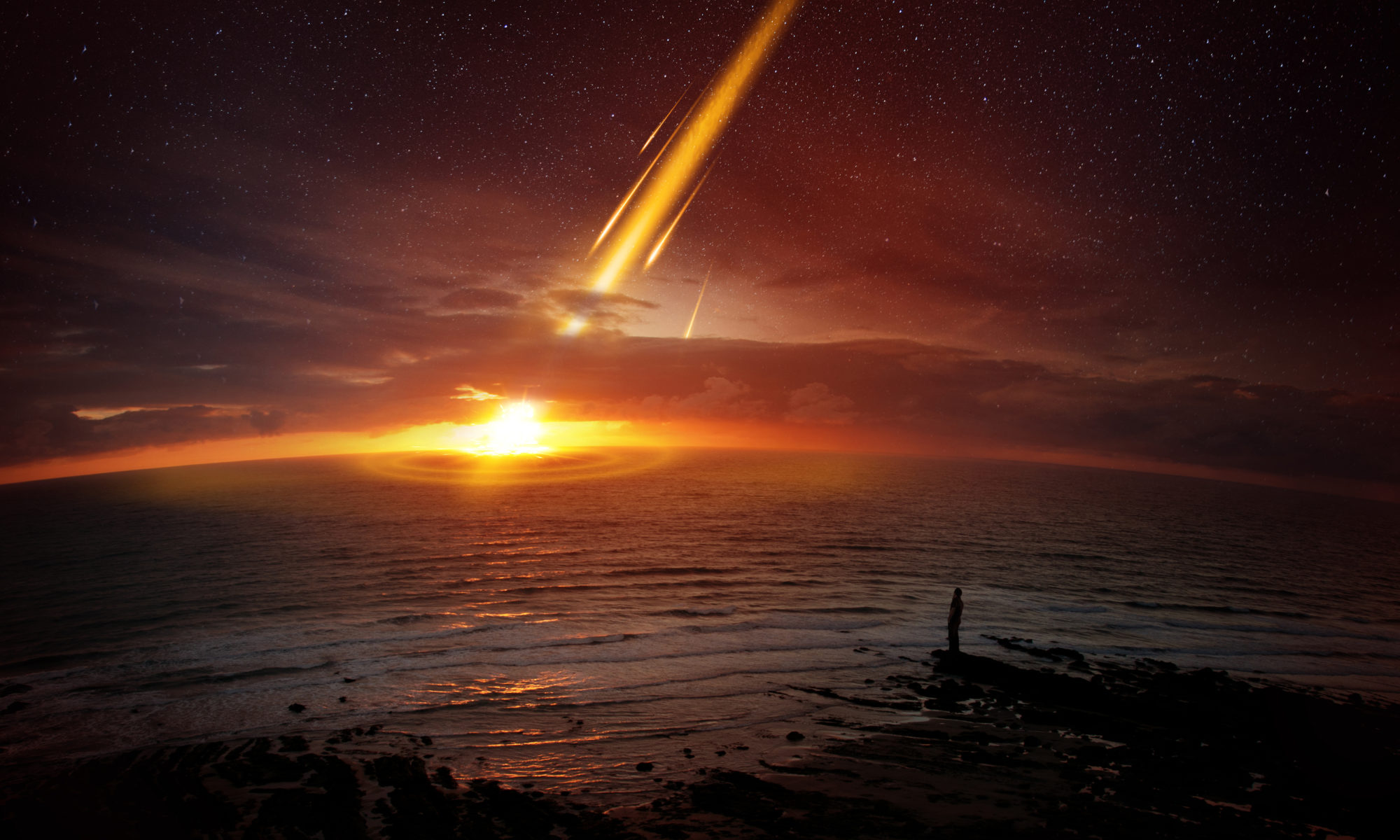Martin Švec, Petr Boháček, Nikola Schmidt
Natural resources have always played an important role in the development of the human society. Technological changes and massive utilization of natural resources during the Industrial revolution fuelled the unthinkable economic development and dramatically changed the human society and enabled extraordinary growth in living standards in the 19th and 20th century. Even today, the wealth embodied in natural resources makes up a significant proportion of the wealth of most nations.[1]
Utilization of natural resources in outer space has a potential to equally change the human society, in particular, revolutionary enhance its ability to explore and use outer space. It is generally acknowledged that without utilization of space resources human society can neither achieve the sustainable and robust presence on the Moon, nor continue in the deep space exploration. Minerals, metals and gases could be used directly in space as a source of energy or for the construction of lunar/celestial infrastructure,[2] platforms from which human exploration of the Solar System can set forth.[3]
As a result of man’s entry into outer space, great prospects opened up before mankind. However, the current inability of the human society to utilize space resources constitutes a significant barrier to our better and desperately needed understanding of the Solar System. Utilization of space resources is a conditio sine qua non for further exploration and use of outer space beyond the Earth Orbit.
It is reasonable to doubt whether space agencies alone (without their complete reorganization accompanied by significant increases in their budgets) would be able to establish a sustained long-term presence on the lunar surface. Given the complexity of the utilization of space resources, private investors are undoubtedly better equipped than states, particularly in terms of financial capabilities, risk being ready to undertake, skills or experience. Hence, the U.S. Executive Order on Encouraging International Support for the Recovery and Use of Space Resources tasked the Secretary of State to take all appropriate actions to encourage international support for both public and private recovery and use of resources in outer space.[4]
Outer space activities have been for a long time out of interest of profit-oriented private investors. Necessary technologies were not developed, and space related business activities would be hardly profitable. There was no demand and there was no market. Outer space has been for decades a domain of states being driven by the space race, Cold War rhetoric and strategic considerations. It is worth mentioning that the Apollo program was severely criticized due to its costs, which were rationalized under the Cold War strategic rivalry.[5]
In the 21st century, however, we may observe a growing tendency towards commercialization of outer space activities. This trend is being most often referred to as NewSpace.[6] However, while there is an emerging commercial marketplace on the Low-Earth Orbit, investments into deep space exploration and related technologies, including the utilization of space resources, do not keep the same pace.
Despite the rapid technological development, adequately large financial capacities of private investors and the governmental initiatives,[7] no substantive investments into the utilization of space resources have been made so far. A major obstacle for the utilization of space resources is the inadequate and ambiguous legal framework. In fact, legal and regulatory uncertainty is among key aspects cautiously assessed by private investors when determining whether to proceed with a mining project. [8] Risk associated with investments into space mining is simply too high.
This chapter is therefore focused on the regulatory environment in which private investments into space mining are to be made and discusses why all available regimes are not enough attractive. In the second part of this chapter, the authors suggest that the concept called Social License to Operate may play a critical role in addressing investment risks associated with extra-terrestrial mining.
[1] OECD, ‘THE ECONOMIC SIGNIFICANCE OF NATURAL RESOURCES: Key Points for Reformers in Eastern Europe, Caucasus and Central Asia’ (2011) 9 <http://www.oecd.org/env/outreach/2011_AB_Economic significance of NR in EECCA_ENG.pdf>.
[2] JD Burke, ‘Development of a Lunar Infrastructure’ (1988) 17 Acta Astronautica 669 <http://www.sciencedirect.com/science/article/pii/0094576588901828>.
[3] 911Metallurgist.com, ‘The Lunar Gold Rush: How Moon Mining Could Work’ <https://www.jpl.nasa.gov/infographics/infographic.view.php?id=11272>.
[4] Executive Order on Encouraging International Support for the Recovery and Use of Space Resources 2020 (White House).
[5] Roger D Launius, ‘Interpreting the Moon Landings: Project Apollo and the Historians’ (2006) 22 History and Technology 225 <http://www.tandfonline.com/doi/abs/10.1080/07341510600803143>.
[6] According to ESPI, there is no broadly accepted definition of NewSpace, however, it does usually encompass following trends: new entrants, innovative industrial approaches, disruptive market solutions, substantial private investment, new industry verticals and space markets, innovative public procurement and support schemes, involvement of an increasing number of space-faring nations. See Alessandra Vernile, ‘The Rise of Private Actors in the Space Sector’ [2018] SpringerBriefs in Applied Sciences and Technology 1.
[7] Luxembourg Space Agency, ‘Frequently Asked Questions about Space Mining’ <https://space-agency.public.lu/en/space-resources/faq.html> accessed 1 September 2019.
[8] UNCTAD, UNCTAD Series on International Investment Policies for Development: The Role of International Investment Agreements in Attracting Foreign Direct Investment to Developing Countries (2009) <https://unctad.org/en/pages/PublicationArchive.aspx?publicationid=432>.
